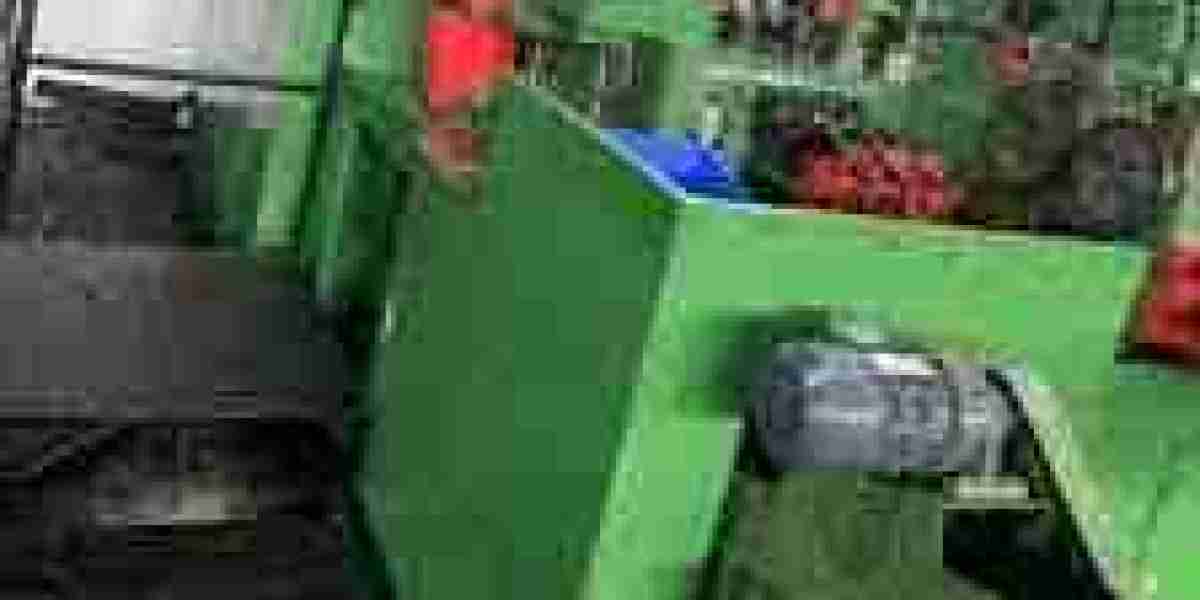The cold forging machine market plays a pivotal role in the global manufacturing and metal forming industries. However, despite its critical importance and growing demand in automotive, aerospace, construction, and industrial applications, the market faces significant restraints that limit its full potential. Understanding these restraints is vital for stakeholders to navigate challenges and drive strategic growth.
1. High Initial Capital Investment
One of the most significant barriers to market expansion is the high cost of cold forging machines. These machines are capital-intensive and require substantial upfront investment, which deters small and medium-sized enterprises (SMEs) from entering the market. In regions where industrial financing is limited or interest rates are high, this constraint becomes even more pronounced. The cost includes not just machinery but also setup, maintenance, and tooling—making the total cost of ownership quite substantial.
2. Complex Technological Requirements and Skilled Labor Shortage
Cold forging involves complex processes such as backward extrusion, forward extrusion, and upsetting, which require high-precision tooling and tight tolerances. Operating cold forging machines demands highly skilled technicians who can handle sophisticated machinery and ensure defect-free production. However, there is a shortage of skilled labor globally, especially in developing economies. The lack of trained professionals creates bottlenecks in production efficiency and raises operational costs, thereby restraining market growth.
3. Limitations in Design Flexibility
Although cold forging provides excellent strength and surface finish, it has limitations in creating complex geometries, which restricts its application in certain product designs. In industries where custom or intricate parts are required, alternative manufacturing methods like machining or additive manufacturing may be preferred. The design constraints of cold forging thus limit its adoption in evolving engineering applications where flexibility and adaptability are key.
4. Raw Material Constraints and Quality Control Issues
Cold forging requires specific types of raw materials with high ductility and low yield strength. The availability of such raw materials can be inconsistent due to supply chain disruptions, price volatility, and geopolitical tensions. Additionally, maintaining consistent material quality is essential for ensuring end-product reliability, especially in industries like automotive and aerospace. Any deviation in raw material properties can lead to defects, production downtime, and increased wastage, all of which negatively impact profitability.
5. Environmental and Regulatory Challenges
The cold forging industry, though more energy-efficient than hot forging, still faces environmental and regulatory constraints. Disposal of lubricants, noise pollution, and energy consumption have raised concerns among environmental agencies. Stricter environmental regulations, particularly in Europe and North America, demand costly upgrades and certifications, adding to the financial burden on manufacturers. Compliance issues and the need for cleaner production technologies are significant challenges in maintaining sustainable operations.
6. Competition from Alternative Technologies
Emerging technologies such as additive manufacturing, CNC machining, and advanced casting methods are offering more flexibility and customization. These methods, though not always cost-effective, are gaining traction in industries looking for rapid prototyping and short production cycles. The rising interest in these alternatives presents a threat to traditional cold forging, especially in niche markets that prioritize innovation and fast turnaround over mass production efficiency.
7. Global Economic Uncertainties
Lastly, economic fluctuations, trade restrictions, and political instability affect the cold forging machine market globally. Uncertain demand from automotive and construction sectors, currency depreciation, and changing trade policies disrupt business continuity. These macroeconomic factors impact investment decisions and limit long-term strategic planning for companies operating in this domain.




